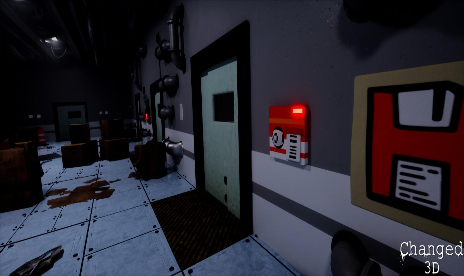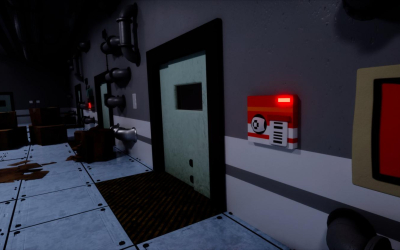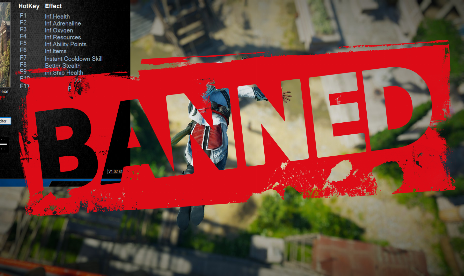Are RAM prices ever going to come down?

Graphics cards have been hard to afford for much of the past year, but RAM has been out of the reach of most gamers for even longer. Starting at the tail end of 2016, we’ve seen the price of DDR3 and DDR4 memory reach astronomical new heights that are more than double their original costs just a couple of years ago and the problem is still going on today.
To most 8GB might be affordable, but PC gamers want at least 16GB and those kits can get inordinately expensive. The worst part is that the problem doesn’t show any signs of changing any time soon.
So are we ever going to see the prices become more reasonable?
A look at the trends
The best way to truly gauge the state of the industry, where it’s been and where it might be going, is to look at the trends. Using aggregated sales figures and prices from PCPartPicker, we can see that DDR4 prices have all but doubled over the past two years. The biggest jumps appeared in early 2017 and that was followed by another slow rise throughout the end of the year.
This was most pronounced at the high-end DDR4 kits, the DDR4-3000 and above modules. While the 2133 kits of the world also saw large rises in price over the past 18 months, it’s not been quite as stark and prices are at least a little more reasonable.
Some comfort we can take though is that the trend may be very slowly reversing itself. Since the peak in February 2018, we’ve seen a slight dip in the average price of 2133, 2400 and to a lesser extent, 3000 speed DDR4 modules in the 4 x 4GB configuration. Twin 8GB modules haven’t seen quite the same price improvements, but they are following suit, albeit a little more slowly.
That could mean that over the next year prices will gradually start to decline to more affordable levels.
Enterprises could ruin it
Unfortunately, price trends are never guaranteed to continue in any one direction and market trends may drive prices up even further. With the ever growing list of bugs related to the speculative features in AMD and Intel’s CPUs known as Spectre and Meltdown-alikes, we could see masses of new hardware bought later this year and early next when new models are released with hardware fixes for these problems.
That’s great for security, but if datacenter owners decide that shoring up against such bugs are worth major hardware investment, we could see millions of more CPUs purchased. If those systems go from DDR3 to DDR4, guess what’s going to happen to stock of DDR4? It’s going to be swallowed up, which in turn will lead to price rises.
The caveat there is that datacenters typically use ECC memory, which effectively operates at half-speed for error checking purposes, which is no good for gamers. But if that’s where the largest demand comes from and the largest potential for profit resides, manufacturers may cater more to that than gamers, which again leads to problems of supply and demand imbalance.
The root cause of it all
That’s the root cause of this whole problem in the first place: supply and demand. Complacent on years of steady growth, memory manufacturers of a few years ago slowed their own expansion of memory fabrication facilities to save on their longer term investments. However, that proved to be a mistake (for us at least) as as smartphones began to gobble up larger and larger portions of the world’s memory supply, shortages began to appear, which in turn lead to price rises.
While companies behind the most common RAM chips like Samsung, Hynix and Micron are scaling up their fabrication facilities and we expect to see at least a 30 percent rise in overall production in the next year. Fabrication facilities are notoriously slow to create, as they are insanely expensive and complicated to build and delays could happen. Even in an ideal world though, 30 percent is not going to be enough to supply the memory we all need.
Conclusion
If you’re sitting on 16GB of memory for now, you’re probably fine for the next few years, but with no seemingly end in sight for the memory supply problems, anyone looking to upgrade may need to bite the bullet sometime in the next year as prices may not get much better for a good while yet.
Image source: Ilya Plekhanov/Wikimedia





![Wartales v1.0+ (+16 Trainer) [FLiNG] – Update December 2025](https://9588947a.delivery.rocketcdn.me/wp-content/uploads/2025/08/Wartales-01-464x276.jpg)

![Terminator 2D: No Fate Build 20805989 (+9 Trainer) [Baracuda]](https://9588947a.delivery.rocketcdn.me/wp-content/uploads/2026/01/Terminator-2D-No-Fate-01-464x276.jpg)


























